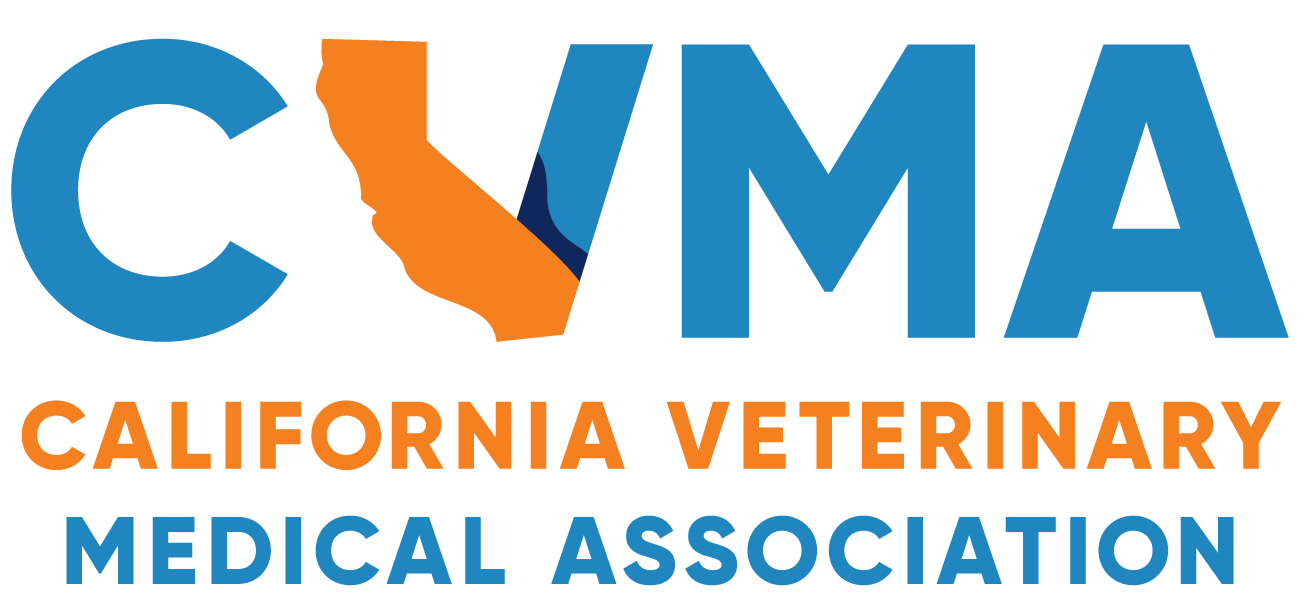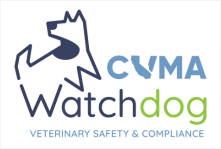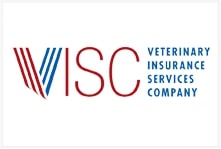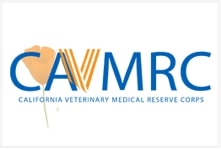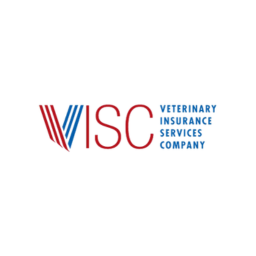This article was originally printed in the Sept/Oct 2025 issue of the California Veterinarian magazine.
Veterinary medicine is changing—fast. From telemedicine and mobile services to evolving employee expectations, today’s veterinary practice looks very different than it did just a few years ago. But while clinical innovation charges ahead, one critical area often lags behind: insurance. Many practices are still relying on outdated policies that no longer match how they operate, leaving significant gaps in protection.
Here’s how modern trends in veterinary care should influence your commercial insurance coverage.
Telemedicine and Remote Consults
Veterinary telemedicine is now practiced in California. Practices utilizing virtual care can face an increase in their exposure to cybersecurity risks—from compromised client data to ransomware attacks. A comprehensive cyber liability policy is essential for protecting your digital practice.
Equipment on the Move—and What Happens When It Fails
If you’re providing mobile services or making house calls, your expensive diagnostic and treatment equipment may not be covered outside the practice unless you have inland marine insurance. This specialized coverage protects gear used offsite or in transit—like dental units, tablets, and ultrasound machines.
Even within a practice, many veterinary professionals are surprised to find that equipment breakdown—such as a power surge damaging your autoclave or X-ray unit—isn’t covered by standard property insurance. Equipment breakdown coverage fills that gap, helping you get back to work quickly.
Workers’ Compensation: Essential and Often Overlooked
Veterinary staff work in physically demanding, high-risk environments. From bites and scratches to back strain and needle sticks, injuries happen—and they can be costly.
A tailored Workers’ Compensation policy covers medical expenses and lost wages, reduces lawsuits, and ensures that employees are reasonably compensated for their injuries. Veterinary Insurance Services Company (VISC) will make sure our workers’ compensation insurance carrier properly classifies roles like relief veterinarians and support staff to avoid complications at claim time.
Employee Benefits: Attracting and Retaining Talent
With staffing shortages across the industry, offering a strong employee benefits package isn’t just nice—it’s necessary. Group health plans and dental/vision coverage are expected by many veterinary professionals, and even pet insurance is becoming a more prevalent component of a benefits package.
Equally important are benefits that protect your team’s future:
- Life insurance offers financial security to employees’ families.
- Short- and long-term disability coverage replaces income if illness or injury strikes. Group plans are more affordable for both employers and employees—and show that you value your staff beyond the exam room.
Is Your Policy Keeping Up?
The biggest mistake many practices make is assuming their insurance is “fine” because they haven’t had a claim. But policies must evolve with your practice. Ask yourself:
- Have you added new services?
- Have you expanded or remodeled?
- Are your staff roles or equipment lists different than last year?
- Are you offering telemedicine or mobile care?
If you answer yes to any of these, it’s time for a policy review.
Practice Insurance Checkup: Are You Covered?
Take a quick self-assessment:
- Do you have cyber liability coverage?
- Is your mobile equipment insured off-site?
- Are you protected against equipment breakdown?
- Is Workers’ Comp properly classifying your staff?
- Do you offer benefits like life, health, or disability insurance?
- Have you reviewed your policy in the last 12 months?
Final Thought
Modern veterinary practices deserve modern insurance solutions. Your policy should be a strategic tool—protecting your people, your equipment, and your ability to deliver care.
As your practice grows and evolves, make sure your insurance evolves with it.

